A famous Robert W. Service poem notes “the northern lights have seen queer sights,” but on Monday night stretching into Tuesday morning, people across a large area of North America were treated to a breathtaking sight themselves.

An awe-inspiring and vivid aurora borealis stretched across the Alberta sky, with purple, pink, teal and green hues dancing and shimmering as far as the eye could see.

People across Western Canada, including as far south as the greater Vancouver area in B.C., reported seeing the aurora — but it wasn’t limited to this side of the border.
Posts on social media said the light display could be seen by Americans as far south as Iowa, Minnesota and Ohio, and across the ocean in the United Kingdom.
Even a Hollywood A-lister shared the sight.
Pedro Pascal is the lead actor in The Last of Us, a HBO tv series being filmed in Edmonton this week.
The Game of Thrones actor posted a photo Tuesday morning of the northern lights he spotted as he was driving.
Normally, aurora watchers need to leave the bright lights of the city to properly take in the astrological show, but even at 5 a.m. Tuesday, it was vivid enough to be seen inside Edmonton.

Get daily National news
Global Edmonton weather specialist Phil Darlington noted that in his experience, Monday night was the first time the station’s Global News Skytracker camera in downtown Edmonton was able to detect northern lights.
The lights are created by charged particles that emanate from the sun, move through space and hit the Earth’s atmosphere, according to a previous Global News interview with Frank Florian, the director of planetarium and space sciences at the Telus World of Science in Edmonton.
The lights move because the charged particles buckle Earth’s magnetic shield.
“These particles get through the Earth’s magnetic field and kind of spiral down on the north and south magnetic poles of the Earth, giving rise to the lights by having the charged particles interact with the Earth’s atmospheric gases,” he said earlier this year when a similar light show happened.
Florian said the weather and temperature on earth do not factor into when northern lights will occur.
The further north a person is though, the better the chance they will see the lights due to being closer to what’s called the “auroral oval.”
The oval is usually centred around the Earth’s magnetic north and south poles but can expand during periods of intense solar activity.

When the oval expands, the northern lights are visible from more southern points, Florian said. Sometimes after a powerful geomagnetic storm, they can be seen as far south as the United States.
Edmonton-area residents who want to receive a heads up on northern lights can sign up for AuroraWatch email alerts.
AuroraWatch is run by Andy Kale, Ian Mann, Kyle Murphy and David Milling from the University of Alberta’s department of physics.
Their website provides a real-time monitor of geomagnetic activity in the Edmonton area, although it says larger activity can be seen Alberta-wide.

Yellow alerts are issued when there is more than a 50 per cent probability of auroral displays occurring, and red alerts are issued when there is more than a 70 per cent probability.
Monday’s show triggered a red alert just after 10 p.m., which was set to remain in effect until 7 a.m.
BELOW: Photos from Monday night/ Tuesday morning’s aurora borealis
— With files from Allison Bench, Global News






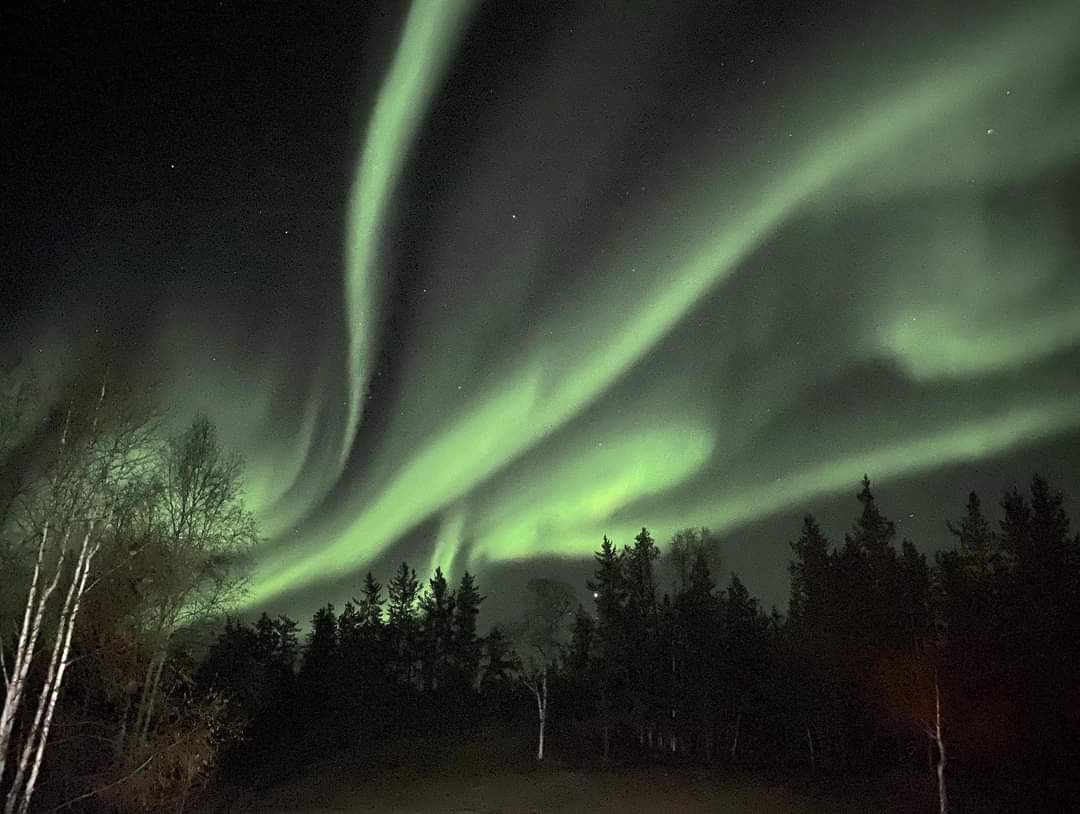









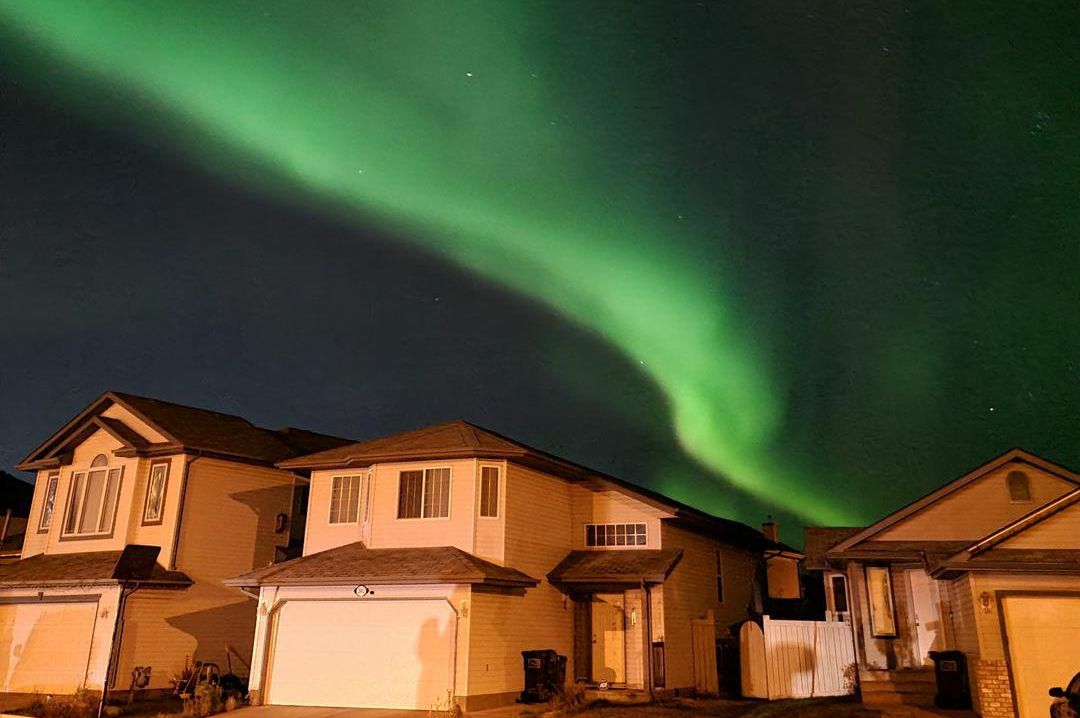












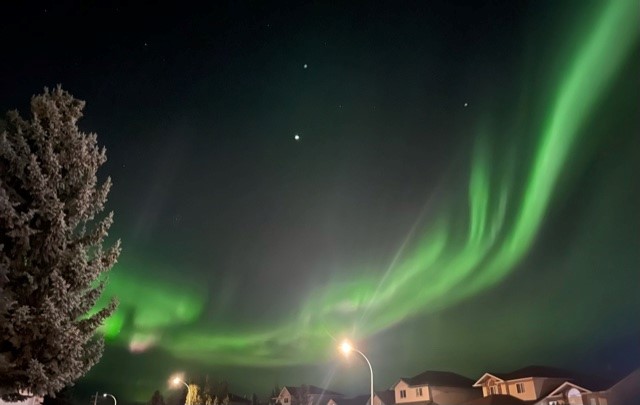









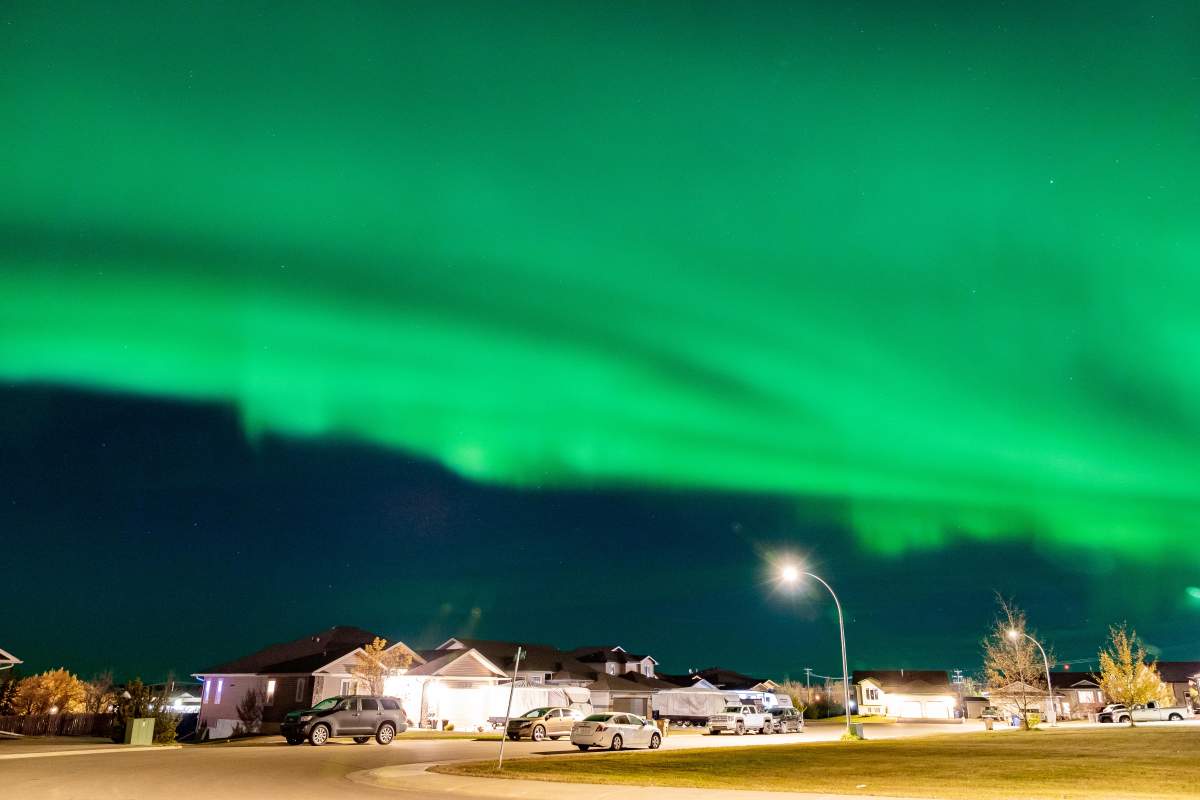





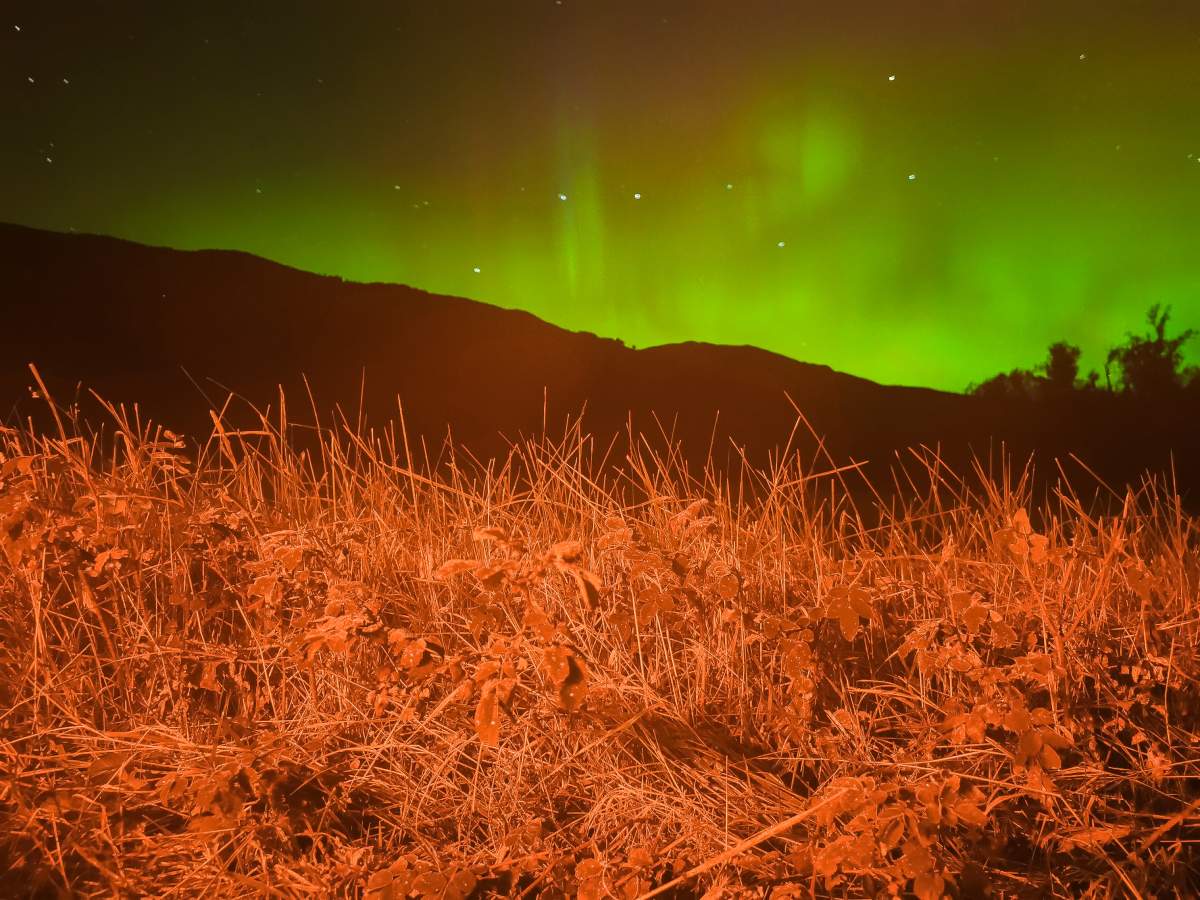




Comments